Cats are intriguing creatures, each with their own unique personalities and behaviors. One curious behavior that many cat owners observe is their feline friends’ interest—or lack thereof—in watching birds. Some cats might spend hours gazing out the window, utterly captivated by the avian action, while others seem completely indifferent. In this article, we explore the reasons behind these varying interests.
Evolutionary Roots of Hunting
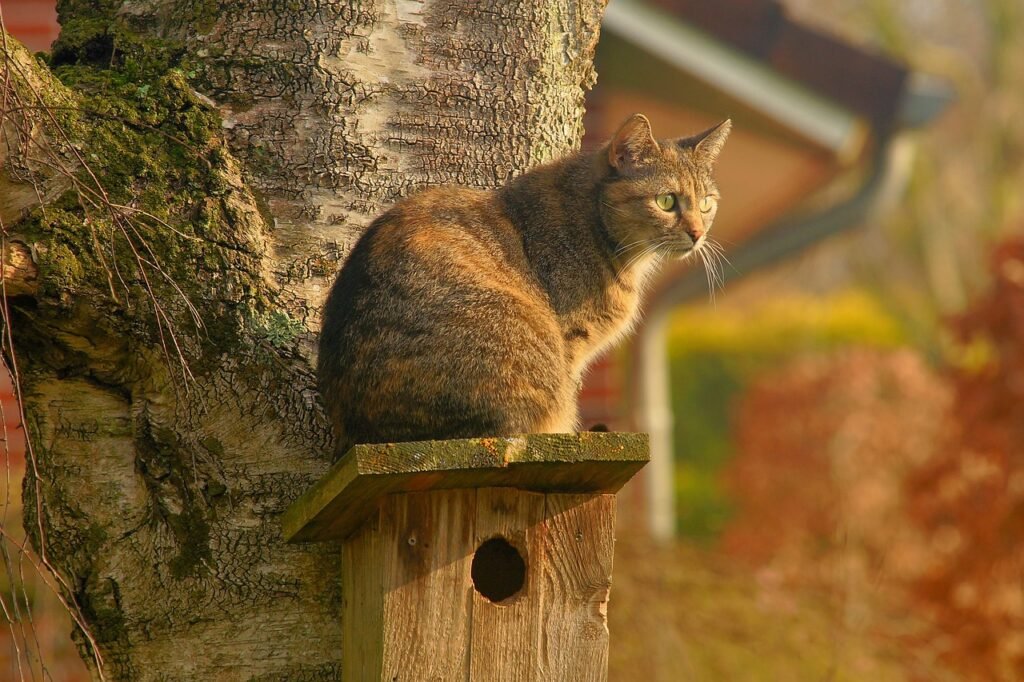
Cats, both domestic and wild, are natural-born hunters. This predatory instinct is deeply ingrained in their genetics. Watching birds allows them to tap into these instinctual behaviors, providing them a virtual hunting ground from the safety of their home. For many cats, maintaining a keen interest in watching birds is a natural extension of their evolutionary past.
A Desire for Mental Stimulation
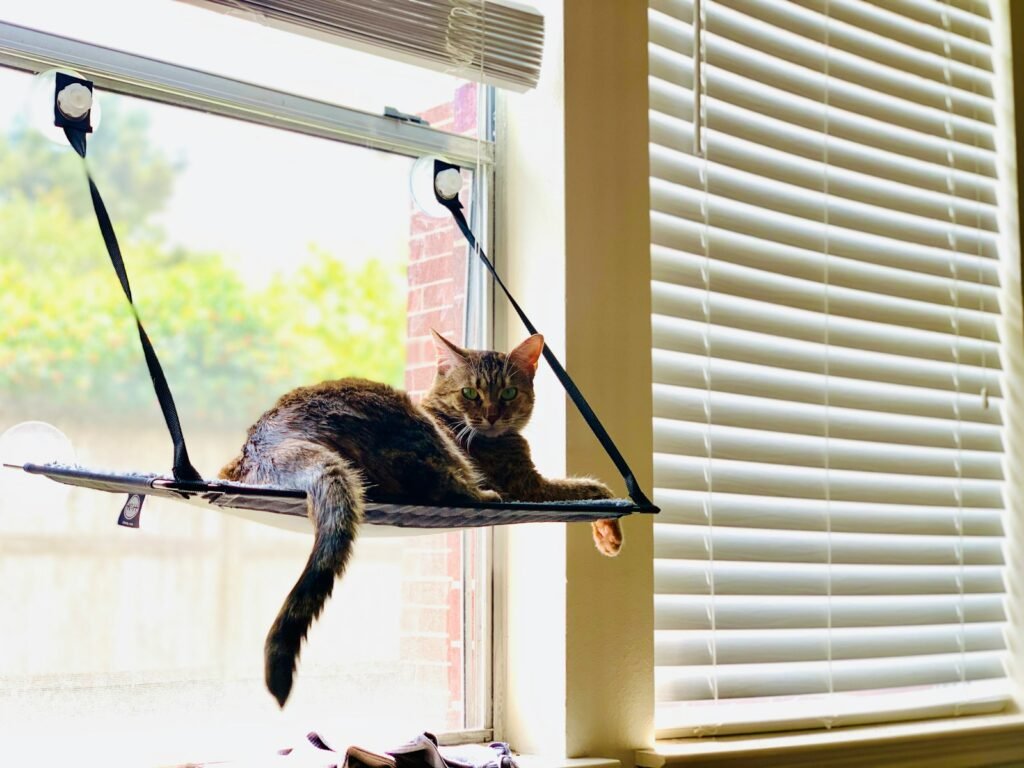
Indoor cats, in particular, may not have sufficient opportunities to exercise their hunting instincts. Watching birds provides mental stimulation and entertainment, re-enacting the chase in their minds. This activity helps keep their cognitive functions sharp and provides much-needed excitement in their day-to-day lives.
Individual Cat Personalities
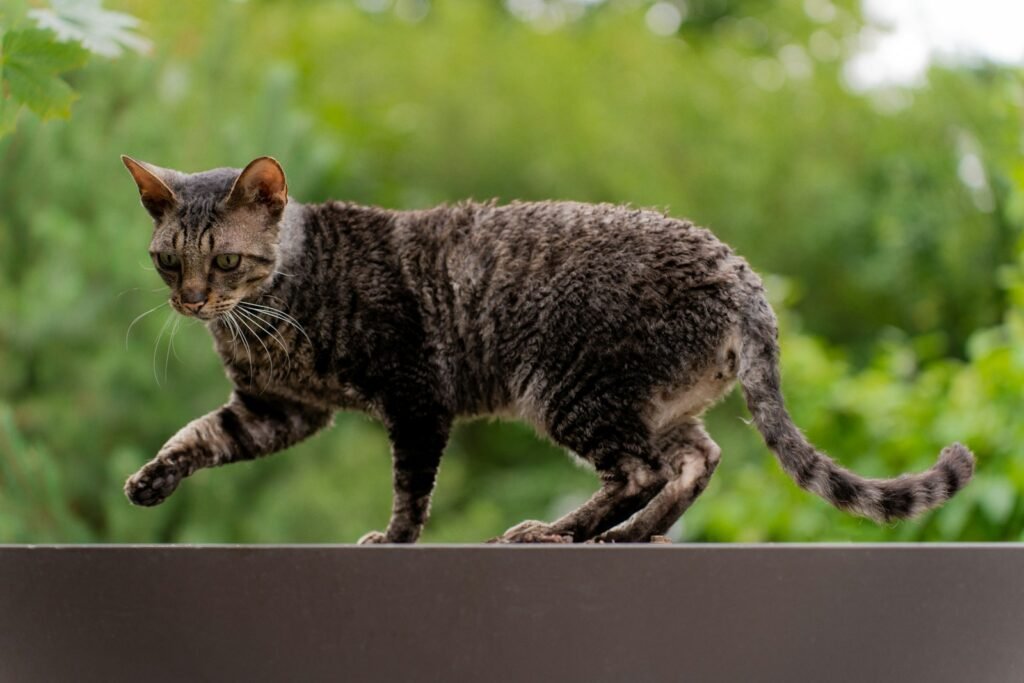
Just like humans, cats have individual personalities which influence their behaviors and preferences. Some cats are naturally more curious and energetic, showing greater interest in dynamic activities like bird-watching. Others may be more laid-back or uninterested in outdoor events, preferring to nap or lounge instead.
Breed Tendencies

Certain breeds are more likely to display a high prey drive and hunting interest. For instance, breeds such as the Bengal or Abyssinian are known for their active nature and love of interactive play, often showing more interest in bird-watching. Breeds with a laid-back demeanor, such as the Ragdoll, might be less drawn to the activity.
Environmental Influence

A cat’s environment plays a significant role in its behavior. Cats who are accustomed to watching activity outside their windows from a young age are more likely to develop a consistent interest. Meanwhile, cats living in quieter areas with minimal exposure to such activity might not exhibit the same level of interest.
Bird Activity Levels

The level of bird activity outside a window can also impact a cat’s interest in watching. An area with abundant bird traffic provides a constantly changing scene that can keep cats entertained for extended periods. Conversely, a lack of birds may lead to decreased interest over time.
The Role of Visual Stimulation
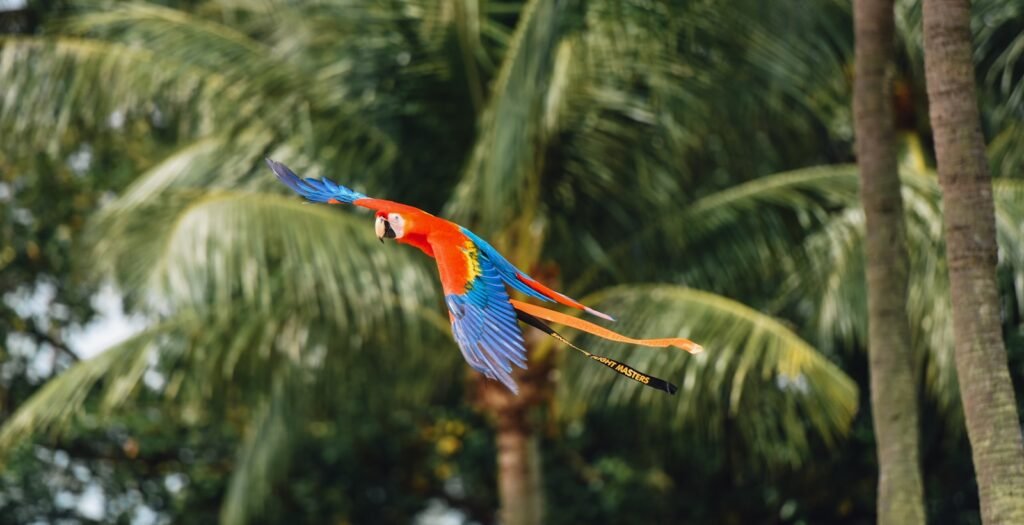
Cats are visually stimulated by movement, which is why even a fluttering leaf can catch their attention. Birds, with their quick and erratic flying patterns, naturally attract cats’ interest. This visual stimulation is akin to watching TV—it’s a source of entertainment that holds their focus.
Potential for Social Learning
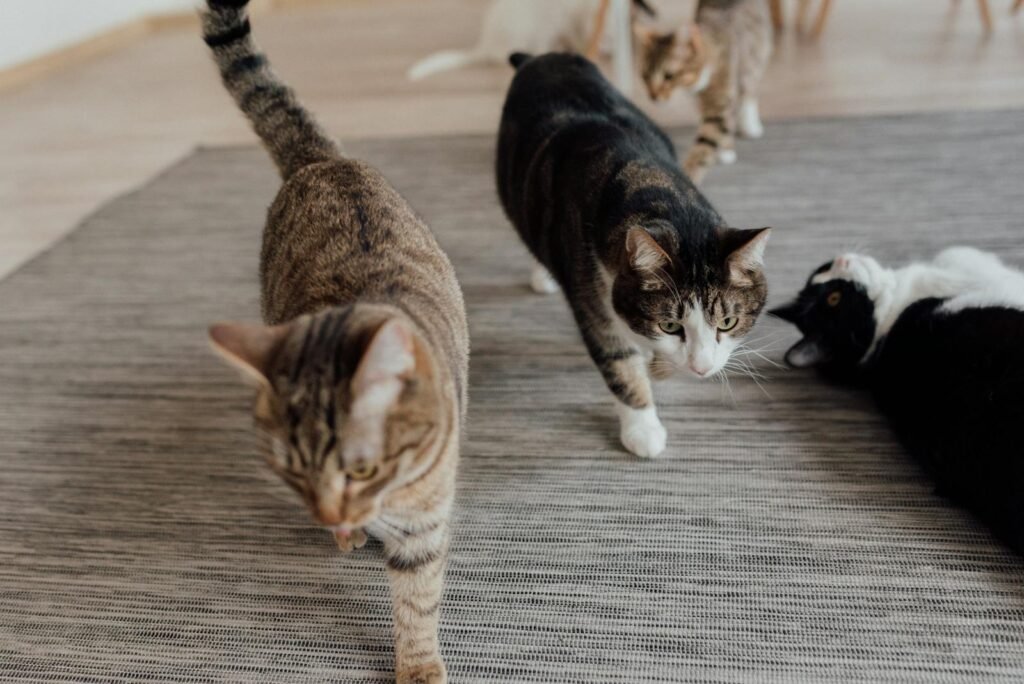
Some cats learn behaviors by observing others. A cat living with another feline who regularly watches birds might pick up the habit through social learning. This is especially true if the watching criticizes social interaction with their human companion, such as companionship or play.
Health and Sensory Changes
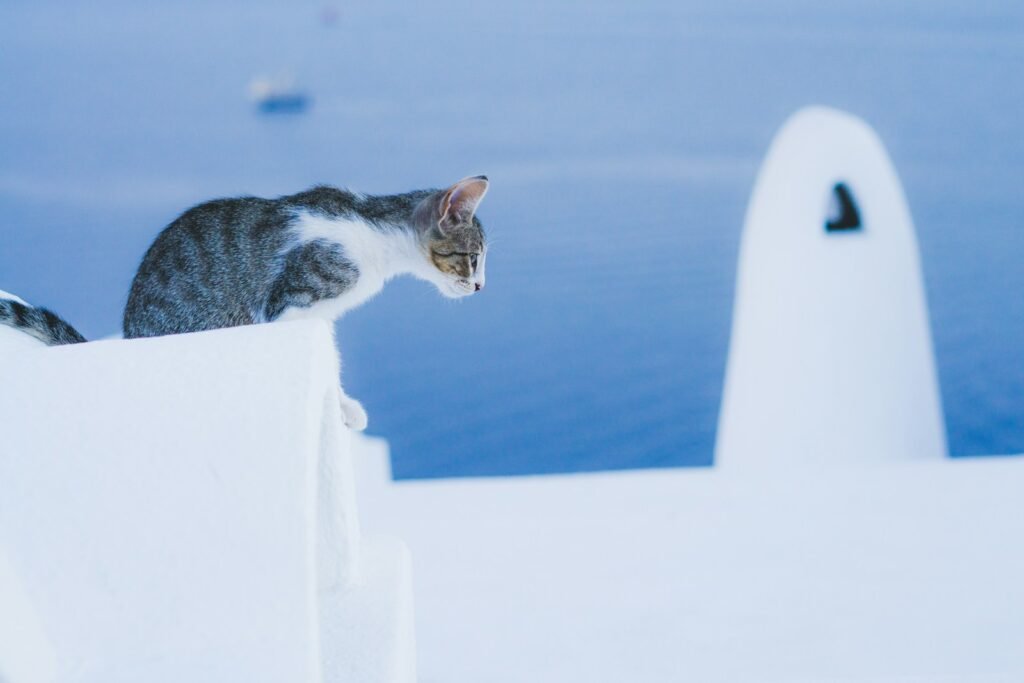
As cats age, changes in health and sensory perception may affect their interests. Cataracts, hearing loss, or decreased mobility can impact a cat’s ability to engage in visual or predatory activities like bird-watching.
Creating Enriching Environments
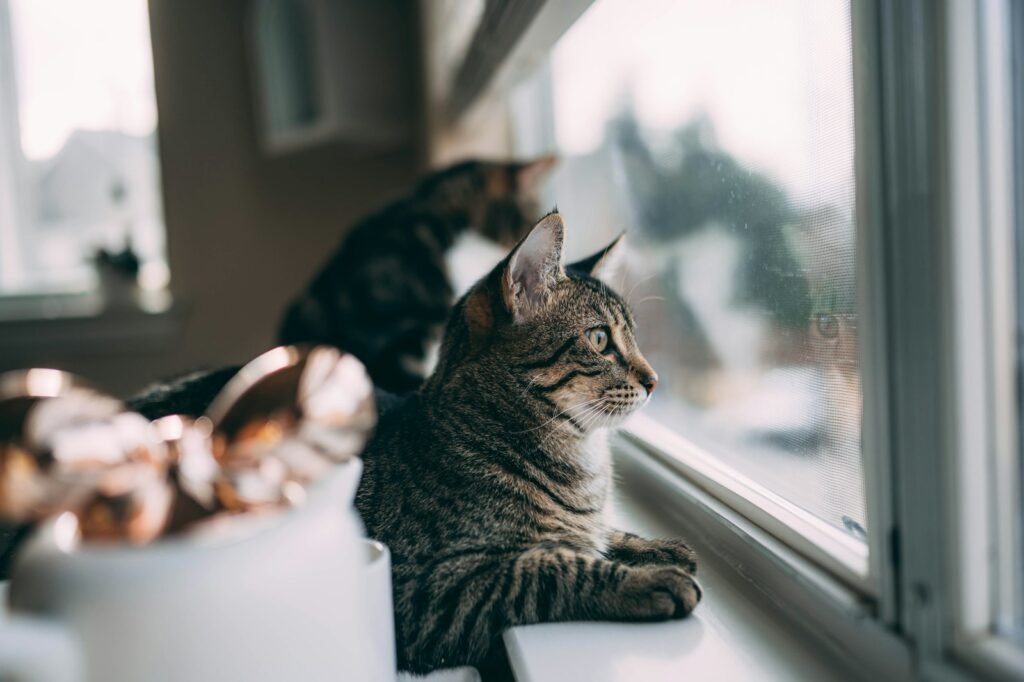
To encourage cat engagement and cater to their interests, owners can create enriching environments. Placing bird feeders near windows or ensuring cats have safe perching spots to observe outdoor activity can enhance their quality of life and satisfy their natural instincts.
Ultimately, whether a cat loves watching birds or merely yawns at their presence depends on a complex interplay of genetics, environment, and individual personality. Understanding these factors can help cat owners foster a happier and more stimulating environment for their feline companions.

Growing up traveling and experiencing new cultures and wonders, I have had a passion for nature, adventuring, photography, and videography. I am currently working towards a BSc in Biodiversity and Ecology at Stellenbosch University, and I hope to specialise in Marine Sciences one day.
Please send any feedback to Feedback@animalsaroundtheglobe.com





